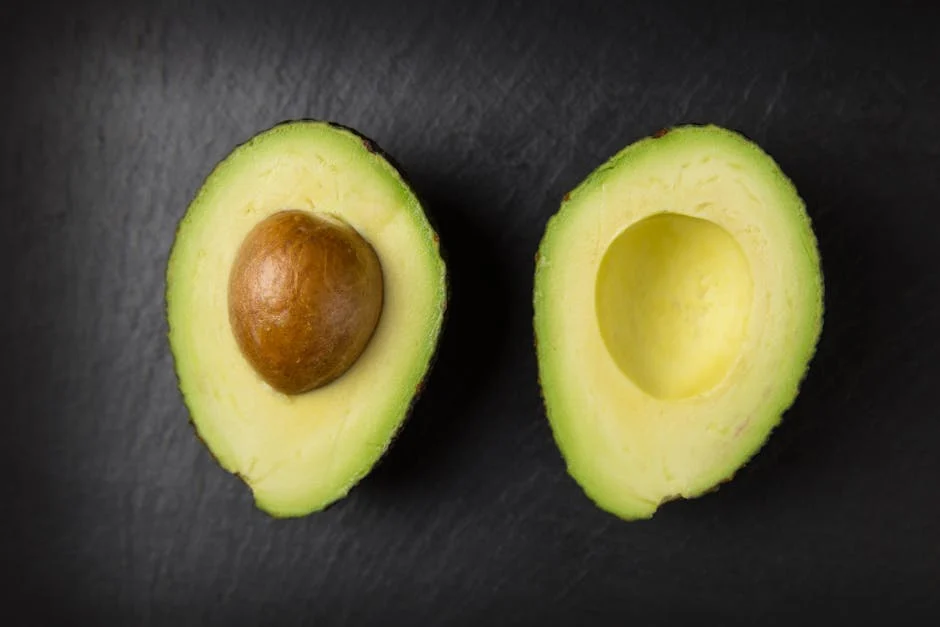Introduction
Going gluten-free is a popular choice for many, whether due to celiac disease, gluten sensitivity, or a desire for a healthier lifestyle. But did you know you can combine the benefits of a gluten-free diet with the principles of the Paleo diet? This approach, often called “going gluten-free the Paleo way,” offers a powerful combination of dietary restrictions and whole-food focus. This article explores how to successfully navigate a gluten-free, Paleo lifestyle.
Understanding the Gluten-Free Paleo Approach
What is Gluten-Free?
A gluten-free diet excludes gluten, a protein found in wheat, rye, and barley. This is crucial for individuals with celiac disease and can alleviate symptoms for those with non-celiac gluten sensitivity. Common gluten-containing foods to avoid include:
- Bread
- Pasta
- Cereals
- Many processed foods
What is Paleo?
The Paleo diet, also known as the caveman diet, focuses on consuming foods that our hunter-gatherer ancestors ate. It emphasizes whole, unprocessed foods and excludes grains, legumes, dairy, and refined sugars. Key components of a Paleo diet include:
- Lean meats (grass-fed preferred)
- Fish
- Fruits
- Vegetables
- Nuts and seeds
Combining Gluten-Free and Paleo
The gluten-free Paleo diet naturally excludes gluten because grains are eliminated. This simplifies the process of going gluten-free significantly. However, it’s important to be mindful of cross-contamination and hidden sources of gluten in processed foods. The Paleo diet offers a naturally gluten-free framework. Following this framework helps ensure a nutrient-dense, whole foods diet without having to explicitly check every ingredient for gluten.
Benefits of Going Gluten-Free the Paleo Way
Improved Digestion
Both gluten and processed foods can contribute to digestive issues. By eliminating these, you may experience improved digestion, reduced bloating, and increased energy levels.
Reduced Inflammation
The Paleo diet emphasizes anti-inflammatory foods like omega-3 fatty acids and antioxidants, while avoiding inflammatory foods like processed grains and refined sugars. This can help reduce inflammation throughout the body.
Weight Management
By focusing on whole, unprocessed foods and eliminating empty calories from grains and sugars, the gluten-free Paleo diet can support healthy weight management.
Enhanced Energy Levels
A diet rich in nutrients and free from processed foods can lead to sustained energy levels throughout the day, avoiding the energy crashes often associated with refined carbohydrates.
Implementing a Gluten-Free Paleo Diet
Foods to Eat
- **Meats:** Grass-fed beef, chicken, turkey, pork
- **Fish:** Salmon, tuna, mackerel, sardines
- **Fruits:** Berries, apples, bananas, oranges
- **Vegetables:** Leafy greens, broccoli, cauliflower, carrots
- **Nuts and Seeds:** Almonds, walnuts, chia seeds, flax seeds
- **Healthy Fats:** Avocado, olive oil, coconut oil
Foods to Avoid
- **Grains:** Wheat, rye, barley, oats (unless certified gluten-free), rice, corn
- **Legumes:** Beans, lentils, peanuts (technically a legume), soy
- **Dairy:** Milk, cheese, yogurt (some Paleo adherents allow grass-fed butter or ghee)
- **Processed Foods:** Anything with added sugars, artificial sweeteners, preservatives, or unhealthy fats
Tips for Success
- **Read Labels Carefully:** Become a diligent label reader to identify hidden sources of gluten.
- **Plan Your Meals:** Meal planning is essential for success on any restrictive diet.
- **Cook at Home:** Preparing your own meals allows you to control the ingredients and avoid cross-contamination.
- **Find Paleo-Friendly Alternatives:** Explore gluten-free, Paleo-friendly alternatives to your favorite foods. For instance, use almond flour instead of wheat flour.
- **Start Slowly:** Gradually transition to the diet to avoid overwhelming yourself.
Sample Gluten-Free Paleo Meal Plan
Breakfast
Scrambled eggs with spinach and avocado.
Lunch
Grilled chicken salad with mixed greens, berries, and a lemon vinaigrette.
Dinner
Baked salmon with roasted asparagus and sweet potatoes.
Snacks
A handful of almonds, a piece of fruit, or a hard-boiled egg.
Conclusion
Embarking on a gluten-free, Paleo lifestyle can be a rewarding journey towards improved health and well-being. By focusing on whole, unprocessed foods and eliminating gluten and other potentially problematic ingredients, you can experience benefits like improved digestion, reduced inflammation, and sustained energy levels. Remember to plan ahead, read labels carefully, and enjoy the process of discovering delicious and nutritious Paleo-friendly recipes.
